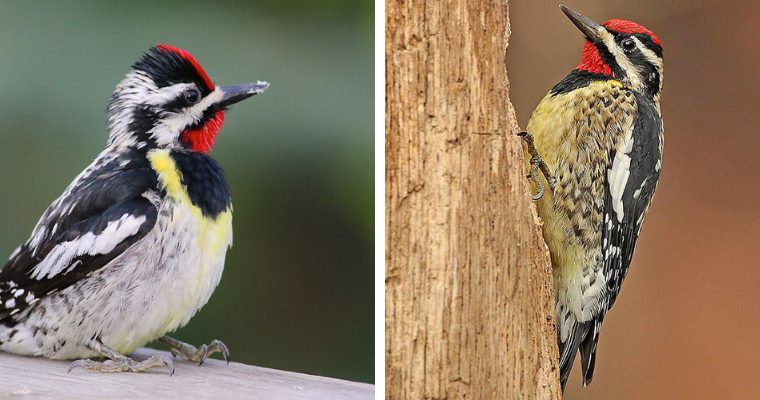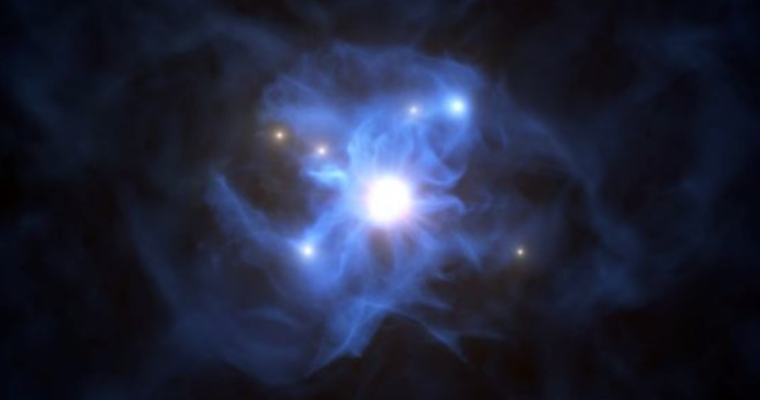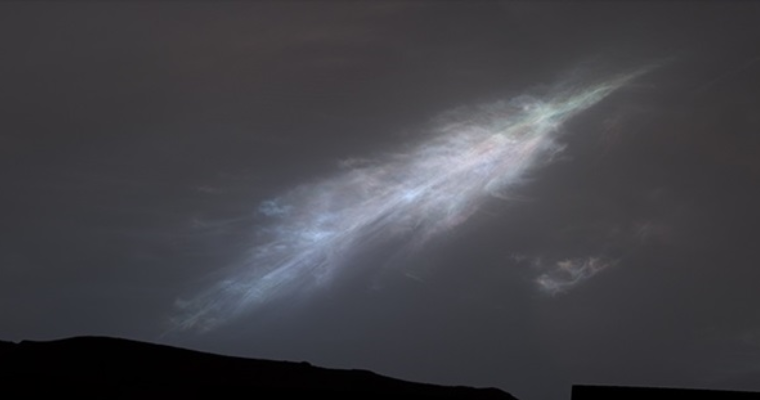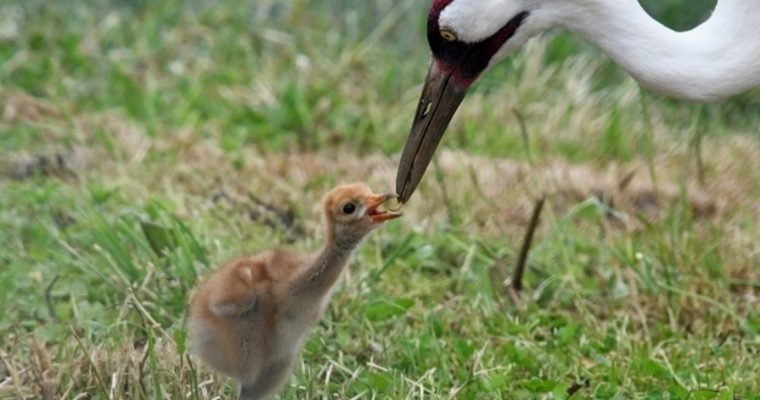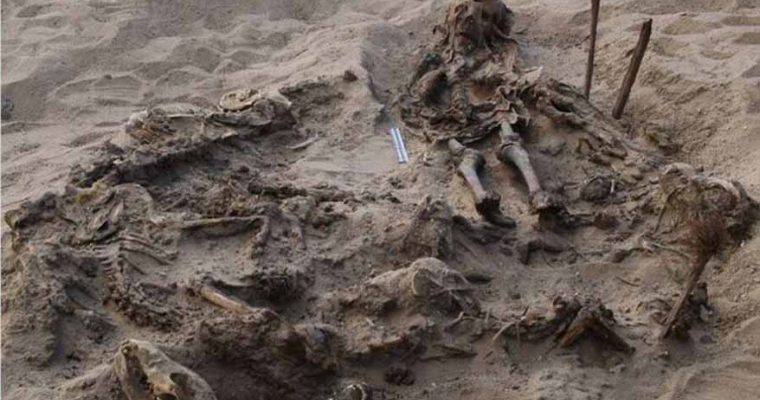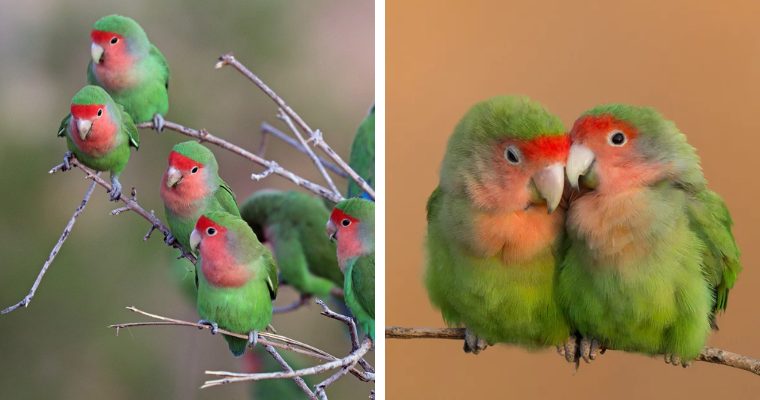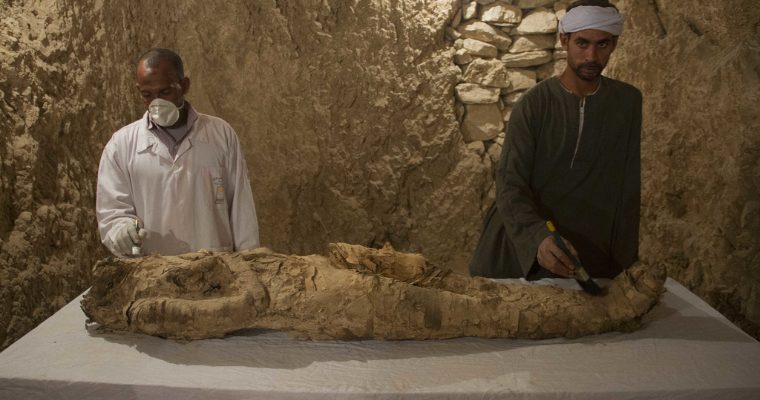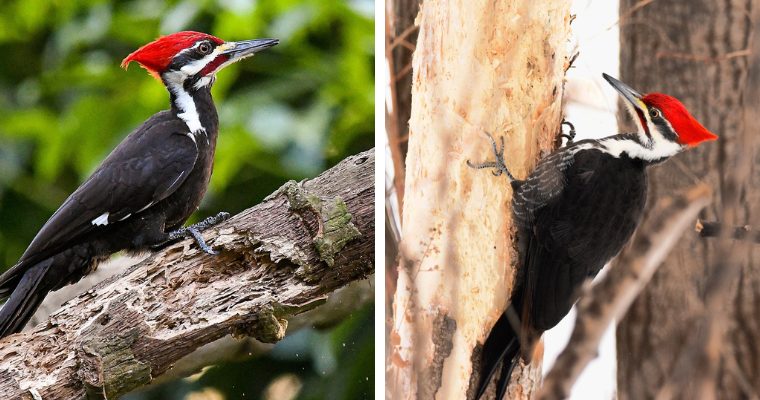A skeleton chained with iron rings was discovered at Khirbat el-Masani, about four kilometers northwest of Jerusalem, along the ancient route connecting Lod with Jerusalem via Nebi Samuel/Nabi Samwil. The 1500-year-old skeleton, chained with iron rings, belonged to a Byzantine monk. No doubt, he wanted to achieve a very special goal and he indeed did it. In the pursuit of salvation, atonement for sin, or spirituality, ascetic monks led a life marked by abstinence from sensual pleasures. More extreme forms of asceticism included self-inflicted pain and voluntary suffering, chaining the body to rocks or keeping it in a cell, praying…
Author: s s
Chinese scientists have discovered a new lunar mineral through the investigation of samples returned from the Moon by the Chang’e-5 mission. This is the first new mineral discovered on the Moon by China and the sixth by mankind . The new finding makes China the third country in the world to have discovered a new mineral on the Moon, said Dong Baotong, deputy director of the CAEA ( China Atomic Energy Authority) after the United States and Russia. Lunar samples from the Chang’e 5 mission in a display case at the National Museum of China in Beijing – CCTV The…
Booming exploration and commercial activity could ruin the quiet, astronomy-friendly environment of the lunar far side The far side of the Moon is protected from radio-frequency interference from Earth. Credit: NASA’s Scientific Visualization Studio For radioastronomers, the far side of the Moon could be the last unspoilt refuge in the Solar System. Planet Earth — and all the human-made electromagnetic noise it spews out into space — stays permanently below the horizon, so that any radio observatories positioned there would be free to observe the cosmos without interference. But an upcoming boom in lunar exploration could put that at risk. In…
The votes are in—see if your favorite bird made our list of the cutest birds in America. Then get the birding basics on how to attract these adorable fliers to your yard. How do you define cute? If you think about it, it’s rather subjective. What one person thinks is cute, another might not find attractive at all. So “cute,” in and of itself, is tricky, but now add the complication of trying to define cute birds. You’re sure to have all sorts of opinions! Now, we wouldn’t dream of identifying the cute birds in America all on our own.…
Simulations show that collisions between moons and planets may be a regular danger for possible extraterrestrial life. Alien planets may collide with their own moons regularly, a new simulation suggests. (Image credit: NASA/SOFIA/Lynette Cook) The moon crashing into Earth may sound like an unrealistic doomsday scenario or the stuff of sci-fi disasters. But for some planets in other star systems, such catastrophic collisions may be common. New research published in the journal Monthly Notices of the Royal Astronomical Society(opens in new tab) uses computer simulations to show that collisions between exoplanets and their moons (called exomoons) may actually be a regular occurrence, which could…
The star system V883 Orionis contains a rare star surrounded by a disk of gas, ice and dust. Without water, life on Earth could not exist as it does today. Understanding the history of water in the universe is critical to understanding how planets like Earth come to be. Astronomers typically refer to the journey water takes from its formation as individual molecules in space to its resting place on the surfaces of planets as “the water trail.” The trail starts in the interstellar medium with hydrogen and oxygen gas and ends with oceans and ice caps on planets, with…
From 1096 to 1291, waves of Europeans took up arms and marched into the Middle East. They hope to “take back” the Holy Land. But many of these Christian crusaders never returned home, and a mass grave found in Lebanon provided grisly evidence of their violent deaths. Much of what we know about crusaders’ lives and deaths come from historical documents, and while the prior studies have concentrated on human remains from crusader period cemeteries in Europe and the Middle East, relatively few conflict-related mass burial sites have been found or investigated. At least 25 young men and teenage boys’ chipped and…
Readers share pictures of woodpeckers that show the beauty of these amazing birds. Look for these 10 types of woodpeckers across America. Types of Woodpeckers: Red-Headed Woodpecker Talk about a stunning species. This bold type of woodpecker has a large, scarlet-colored head and spiky bill—and it’s skilled at catching insects midair. Both sexes sport a white belly, black back and white wing patches. Smaller than a crow, this Midwest and East Coast bird has a round, crestless head. “A pair of red-headed woodpeckers lived the woods behind my house in Tennessee after a nearby timber harvest. I set up a bird feeding…
Although the Yellow-bellied Sapsucker is a perennial punchline in jokes about birders and the funny names of their quarry, this interesting, boldly patterned woodpecker is quite real. Despite its name, the yellowish tint on the Yellow-bellied Sapsucker’s underside is usually subtle, and certainly not what first catches the eye. More often, what stands out are the vertical white stripe along this woodpecker’s folded wing and its black-and-white face. Both male and female have bright red foreheads, but males also have red throats. Sapsuckers are a small, specialized group of woodpeckers found only in North America. The Yellow-bellied is the only…
The object powering this display may be the result of a supernova that didn’t destroy the stars involved. Like a blooming firework in the night sky, the nebula Pa 30 has stunningly thin contrails of sulfur emission emanating from a central star. The bright star to the right of center is not associated with the object. When two white dwarfs in a binary star system eventually spiral in toward each other and collide, the result is usually mutually assured destruction: a thermonuclear explosion that consumes both stars and scatters their remains into the cosmos. But astronomers have found one case…
Astronomers have discovered a half-dozen galaxies, which formed within the first billion years of the universe, blockading a supermassive black hole. This artist’s concept shows the six galaxies, which astronomers think might just be the brightest galaxies in a larger group, were found surrounding a supermassive black hole in the early universe. This is the first time researchers have found such a tight-knit group of galaxies this soon after the Big Bang. Astronomers have long struggled to understand how supermassive black holes could have formed in the early universe. They know these cosmic goliaths would have needed to grow extremely…
Archaeologists have found a mass grave site containing 38 decapitated burials at a Neolithic settlement in Vráble, Slovakia. The remains of 38 people were discovered in a ditch surrounding the settlement by archaeologists from the Collaborative Research Center (CRC) 1266 of Kiel University (CAU) and the Archaeological Institute of the Slovak Academy of Sciences (Nitra) during this year’s excavation in Vráble. Their well-preserved skeletons were jumbled together and all of them were missing their heads, with the exception of a young child. “We assumed to find more human skeletons, but this exceeded all imaginations,” reports project leader Prof. Dr. Martin Furholt. There…
NASA’s Mars Curiosity rover added another feather to its cap after photographing wispy and colorful clouds on Mars, building upon a cloud survey done in 2021. In the panoramic mosaic photo taken last month, the cloud’s fluttery shape displays a colorful pattern caused by a natural phenomenon known as iridescence. This occurrence is due to the diffraction of sunlight through small water droplets, or in this case, through small particles of dry ice, creating a pastel sheen over an object. “Where we see iridescence, it means a cloud’s particle sizes are identical to their neighbors in each part of the cloud,“…
A newly-discovered bright comet visible to naked eyes – even from the suburbs of larger cities – will whiz past Earth next year. While naked-eye comets are rare, visible roughly once in two years, C/2023 A3 could be a comet of a decade, according to Peter Veres, an astronomer at the Harvard-Smithsonian Center for Astrophysics. “Comet C/2023 A3 is no threat to Earth,” said Veres, who is also a research scientist at the Minor Planet Center. “We know the comet’s orbit well. The orbit is becoming better and better with more and more astrometric observations incoming to our center – the…
An abandoned egg from a wild nest in Wisconsin was given to surrogate parents in Virginia On May 26, and endangered baby crane hatched at the Smithsonian Conservation Biology Institute Chris Crowe, Smithsonian Conservation Biology Institute The first ever endangered whooping crane hatched at the Smithsonian Conservation Biology Institute (SCBI) is thriving after a month of growth, according to a statement released by the institute. An egg was found abandoned in a wild nest in Wisconsin and given to a pair of whooping cranes named Tehya, 16 years old, and Goliath, 25 years old, at SCBI. The institute is the National Zoo’s research facility…
Archaeologists have unearthed the remains of 142 non-ritually buried dogs, covered in blue powder, in an elite Egyptian tomb. It is believed they were drowned in a reservoir flood. Designated a UNESCO World Heritage Site in 1979, the Faiyum Oasis necropolis contains a group of ancient Egyptian tombs located approximately 62 miles (100 kilometers) southwest of Cairo. The tombs feature well-preserved paintings and inscriptions from the Middle Kingdom (2040-1782 BCE) through the Ptolemaic Period (305-30 BCE), illustrating the day-to-day activities of ancient Egypt. The Faiyum Oasis is a marvel, including precious archaeological sites and geological wonders ( Nader / Adobe Stock) An article by Heritage Daily explains that archaeologists from…
Researchers find that their chops are as powerful as a rock climber’s arms Lovebirds only have two legs, but they use their beaks as a propulsive third limb when climbing. All animals, living or extinct, are bilateral, meaning they have an even number of limbs—two arms, two legs—to help them move through the world. But some animals have evolved clever workarounds to this biological code: Kangaroos, for example, use their tails as a fifth limb to help launch them forward. Now, scientists are intrigued by another species that has evolved to think outside the bilateral box: Lovebirds. These small, brightly colored…
The unprecedented observations were made possible thanks to James Webb’s powerful infrared vision. The James Webb Space Telescope (JWST) has captured a stunning view of an exceptionally massive and hot star that’s well on its way to going supernova. The star, Wolf-Rayet 124 (WR 124), is located some 15,000 light-years away in the constellation Sagitta the Arrow. Wolf-Rayet stars like WR 124 are a special breed. These objects are some of the brightest, most massive, and hottest stars in the modern-day universe. They also sport intense stellar winds that can clock in at speeds of millions of miles per…
Scientists have used a classic branch of math in a totally new way to peer into the structure of our brains. What they’ve discovered is that the brain is full of multi-dimensional geometrical structures operating in as many as 11 dimensions. We’re used to thinking of the world from a 3-D perspective, so this may sound a bit tricky, but the results of this new study could be the next major step in understanding the fabric of the human brain – the most complex structure we know of. This latest brain model was produced by a team of researchers from…
Archaeologists working on the French island of Corsica discovered around 40 ancient graves where persons were buried inside gigantic jars known as Amphora. The place on the island of Corsica is known as a necropolis, which comes from the ancient Greek for “city of the dead.” In the first millennium, Corsica was ruled by a number of distinct civilizations. While the objects discovered in the dig look to be Roman in origin, experts warn that they might have been reused by Visigoths or subsequent residents. The find was uncovered near Ile-Rousse, a town on Corsica’s western coast, by archaeologists from…
Crew-2 astronaut Thomas Pesquet captured this stunning image of a strong aurora above North America November 4, 2021. The beautiful light show was the result of a recent X-class solar flare. In late October, NASA’s Solar Dynamics Observatory captured an intense flare erupting from the Sun. A few days later, the crew of the International Space Station (ISS) saw what astronaut Thomas Pesquet called “the strongest auroras of the entire mission.” Pictured here is a shot Pesquet took of the light show they saw over North America, which included “amazing spikes higher than our orbit … [and] rapid waves and pulses…
For most people, being described as a “flat Earther” is an insult. The idea of the Earth being flat is considered not only wrong, but a model of wrongness, the gold standard of being incorrect about something. This being so, oddly enough, most people described pejoratively as “flat Earthers” do not actually believe that the Earth is flat. “Flat Earther” is simply a scientifically seasoned variation of “idiot”. For a recent example, US President Barack Obama recently expressed impatience with the persistent objections put forward by climate change deniers by saying: “We don’t have time for a meeting of the Flat Earth Society.” In a subsequent…
Two Ancient Egyptian Kingdom Tombs Opened in Luxor, Egypt Two tombs of unidentified officials dated to Egypt’s New Kingdom era have been opened at Luxor’s Draa Abul-Naglaa necropolis years after they were initially discovered by German archaeologist Frederica Kampp in the 1990s. The opening of the tombs was announced at an international conference attended by the governor of Luxor, the minister of social solidarity, the director-general of the International Monetary Fund, members of the international media, foreign ambassadors, members of parliament, and Minister of Antiquities Khaled El-Enany. “It is a very important discovery because both tombs contain very rich funerary…
A woodpecker prepares to smash its beak against a tree. Carol Gaudreault / 500px via Getty Images About 12 thousand times a day, woodpeckers drill their beaks into trees to search for food, make nests or communicate with other birds. “This is basically what the woodpeckers need to do to survive, so if they’re not sleeping and they’re not resting, they are probably pecking on something,” Wesley Hochachka, an ecologist at the Cornell Lab of Ornithology, tells Popular Science’s Kate Baggaley. “There’s no respite from it at all.” In the scientific community, researchers have widely accepted that the birds have some sort of shock-absorbing…










